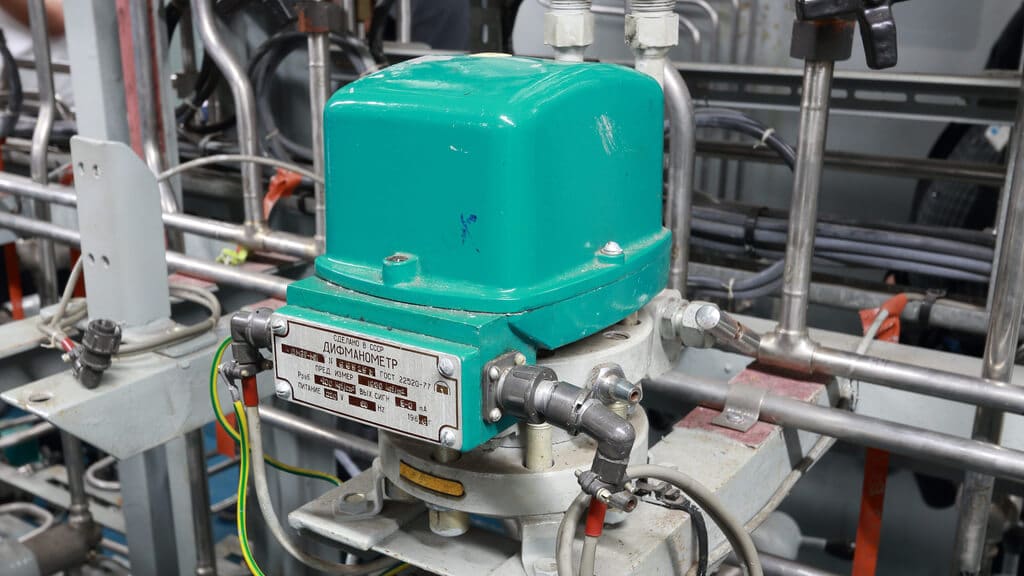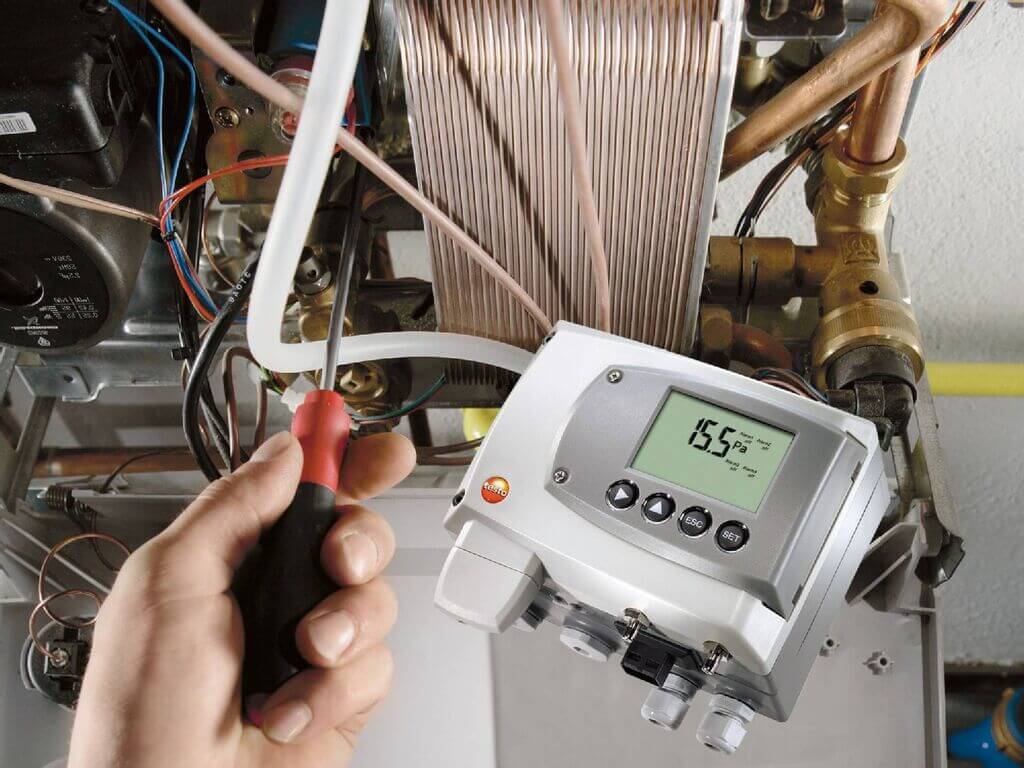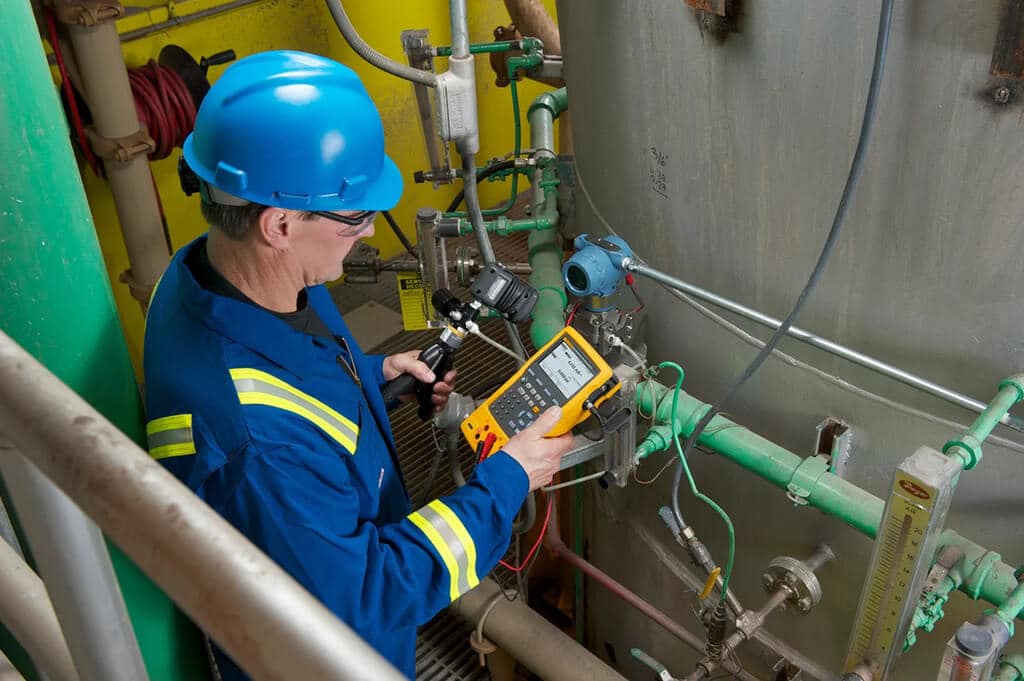What Kind or Type of an Electrical Device is a Transducer?
The electrical device named transducer can convert or transform energy from one of its forms into another. In conventional instances, the device turns a signal from one state into another. Overall, a transducer performs these actions and steps of conversion through a process known as transduction. Here we will explain what is a transducer used for?
In recent times, a transducer gets used in several industries and sectors. It remains associated with the boundaries related to different and distinct automation, control systems, and even measurements.
However, the electrical appliance performs these actions for specific instances and circumstances. It can be when the electrical signal experiences conversion. The change happens from one physical quantity into another. Overall, the variable can consist of position, light, force, torque, motion, energy, etc.
What are the Various Categories and Kinds of Transducers?

A transducer can be of several types and categories. It depends on a few parameters. For instance, the operation or function type and its way of working can influence and dictate the categorization. If these two factors get considered, a transducer can be of two kinds:
Mechanical Transducer
A mechanical transducer produces or generates mechanical values and quantities as the outcomes of its operation. It can do so by transforming or converting the physical ones. A ring balance manometer, metallic diaphragm, membranes, and so on are a few examples under this category.
In addition to that, the value of the mechanical parameter that converted can vary. It can be of a displacement type or a displacement and strain type.
Electrical Transducer
An electrical transducer produces or generates electrical values and quantities as the outcomes of its operation. It can do so by transforming or converting the physical ones. A microphone and a loudspeaker are a few examples under this category. On top of that, a thermocouple can also get included. It is a device that uses temperature difference and converts it into a limited amount or value of voltage.
A transducer can be of two other kinds besides the mentioned ones. They entail the output transducer and the input transducer.
Input Transducer
An input transducer, or a sensor, utilizes any form of physical energy. It converts and changes it into a readable and understandable signal. Let us take the example of a microphone. The device takes the generated and produced sound waves. It transforms them into an electrical signal. After that, it can get transferred and directed towards the amplifier. In general cases, it gets done through the help of a connection or system or wires.
In addition to that, a pressure transducer is another example. It uses physical or tangible forces and turns them into a measurable and quantifiable value or number.
Output Transducer
An output transducer, or an actuator, works and functions uniquely. It is the opposite of the operation of an input transducer. It uses electrical signals and converts them into an energy form. For instance, a lamp accepts electricity and changes it into light energy.
In addition to that, a motor transducer is another example. It uses electricity and turns it into motion. It can get used in mobility vehicles, blades, or wheels.
What are the Parameters and Specifications That Rate a Transducer?

A few parameters and specifications can come into use to rate a transducer. They can also characterize the electrical device. Some of these points consist of the following:
Dynamic Range
The dynamic range indicates the ratio of the highest or most significant amplitude signal and its smallest estimate of value. It gets generated by a transducer and translated. Dynamic range influences the sensitivity and preciseness of the electrical appliance. The higher the value, the more accurate the transducer will be.
Noise
No transducer can work without the generation of some random and external noise. During operation, it gets added to the output. For instance, an electrical transducer produces some form or variety of electrical noise. It may get generated due to the movement of charged particles in circuits. In other cases, it may be due to thermal motion. The presence of noise damages the minute signals, affecting the overall output.
Repeatability
Repeatability is the virtue of a transducer to produce and generate similar or identical outputs. It is feasible for the electrical appliance to do so when the same and unchanged input stimulates it.
Hysteresis
Hysteresis is a property or attribute of a transducer. It dictates and commands the generated output to depend on and change with the current and prior inputs. Let us understand it with the help of an actuator that operates using a gear train. During operation, it can face some backlash. Such an occurrence indicates the presence of a dead zone before the output reversal of the actuator. It happens when the direction of motion of the device or instrument changes to be the exact opposite.
What are the Various Applications and Uses of a Transducer?

A transducer has a broad range and scope of application across different and distinct industries, domains, and fields. It can get used in antennas, Hall Effect sensors, magnetic cartridges, etc. They fall under the electromagnetic category. Under the electrochemical one, a transducer can work as a hydrogen sensor, electro-galvanic sensor, or pH probe.
A transducer has various uses in the electrochemical industry. It finds application in rotary motors, tactile sensors, and accelerometers. On top of that, it serves as a loudspeaker, geophone, ultrasonic transceiver, and earphone in the electroacoustic field.
The electro-optical sector is another place where a transducer gets used actively. Its uses comprise photodetectors, photodiodes, photomultipliers, etc. In addition to that, CRTs (Cathode-Ray Tubes) are notable instances.
Conclusion
The application under the thermoelectric field comes next. It can get used as RTDs (Resistance Temperature detectors) in this category. Thermocouples or thermoreceptors are other examples.
On top of all these applications, a transducer can find applications in the radio-acoustic and electrostatic domains. The uses include radio receivers, radio transmitters, and Geiger-Müller tubes for the former. The scopes of application entail an electrometer for the latter.
Discover More

